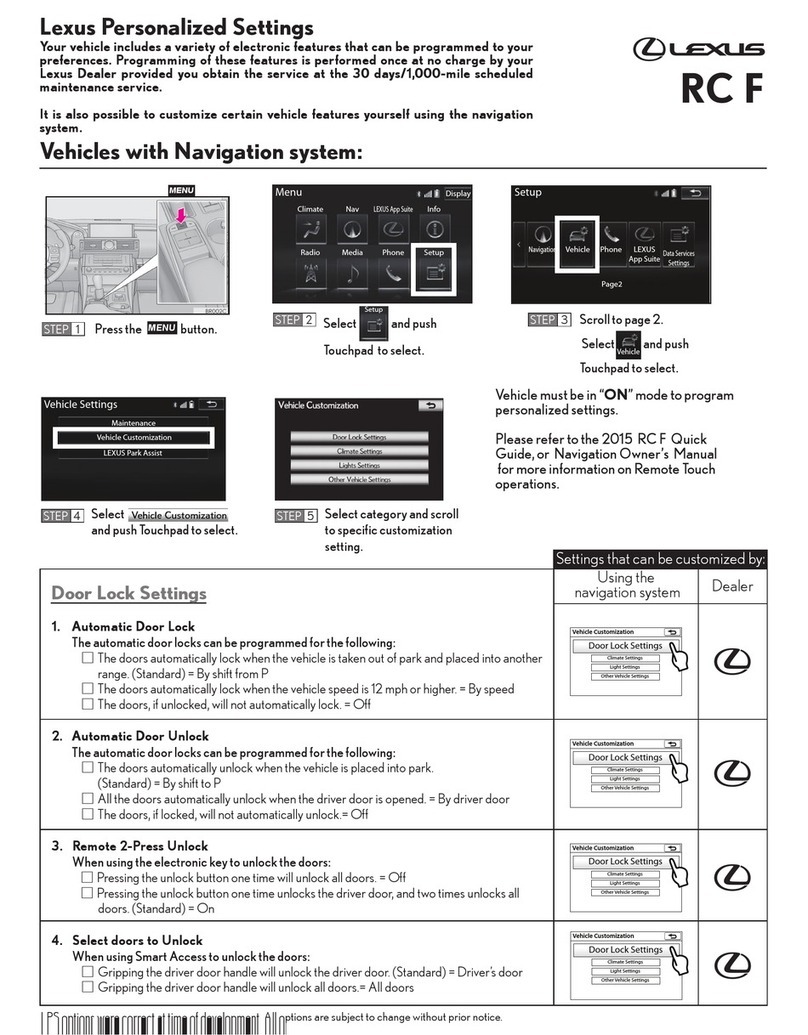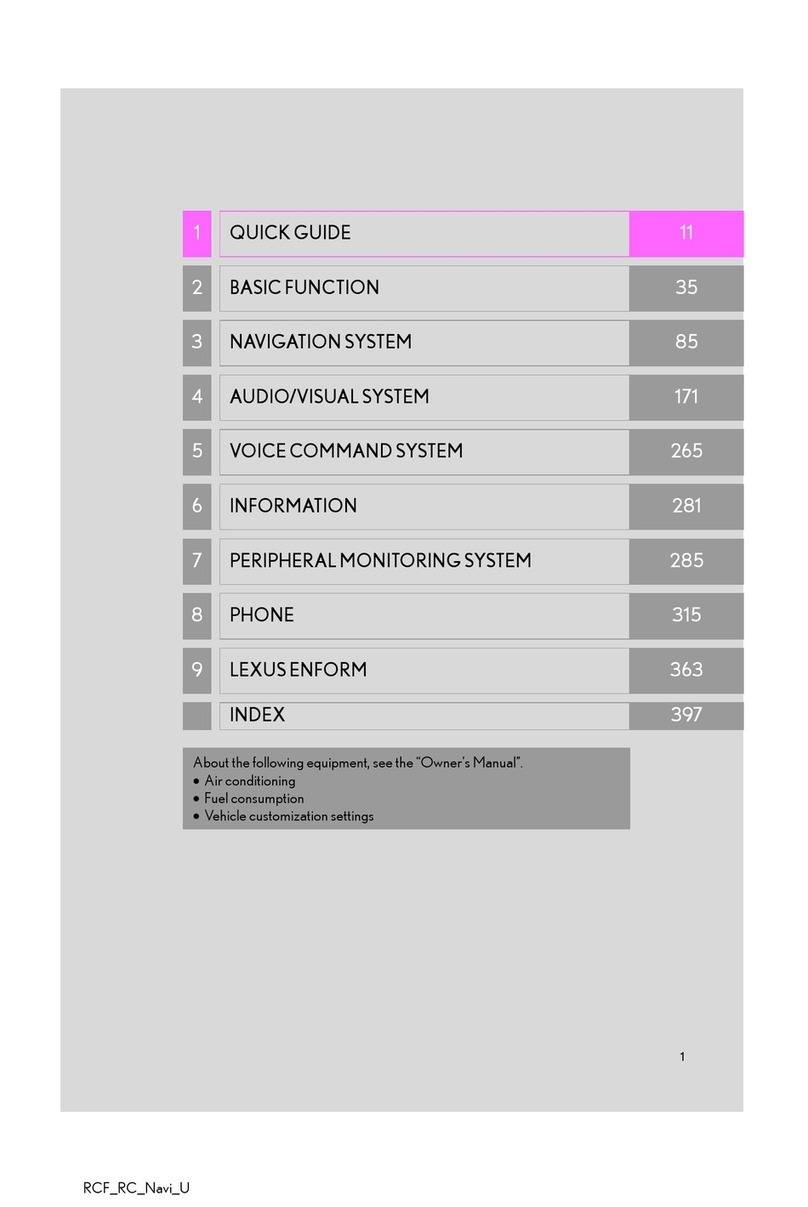Lexus LX Operating instructions
Other Lexus Automobile manuals

Lexus
Lexus 2015 ES 300h User manual

Lexus
Lexus IS350 AWD User manual

Lexus
Lexus 2016 LS 460 User manual

Lexus
Lexus 2003 SC430 User manual

Lexus
Lexus ES350 Parts list manual

Lexus
Lexus 2008 GS User manual
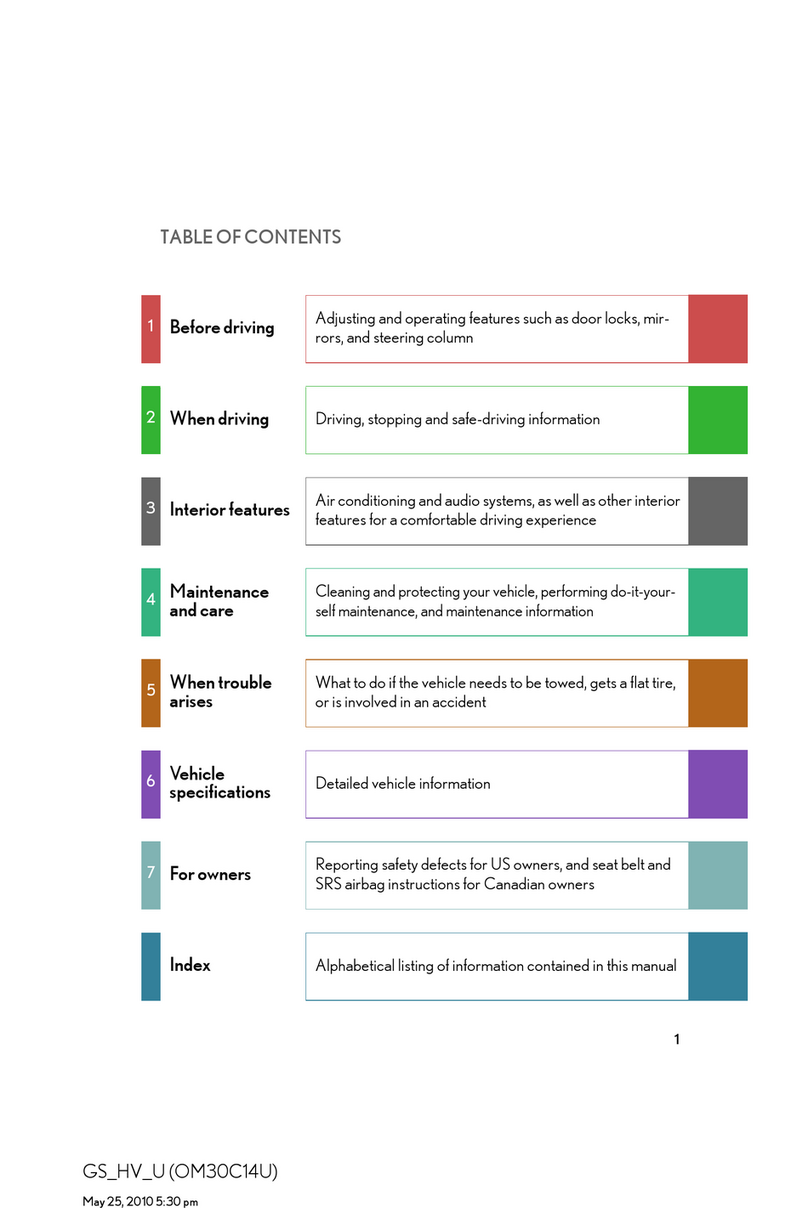
Lexus
Lexus GS 450h2011 User manual
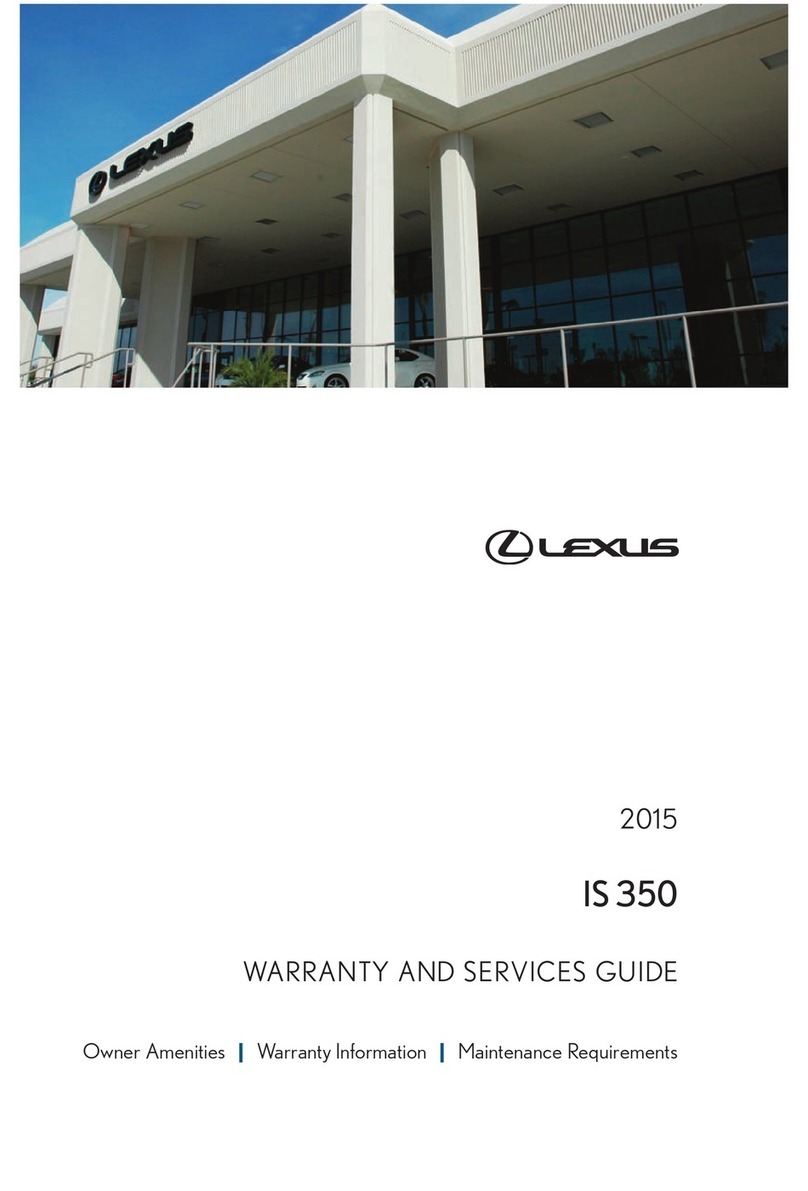
Lexus
Lexus 2015 IS 350 User manual

Lexus
Lexus LS500h 2024 User manual

Lexus
Lexus LFA Manual
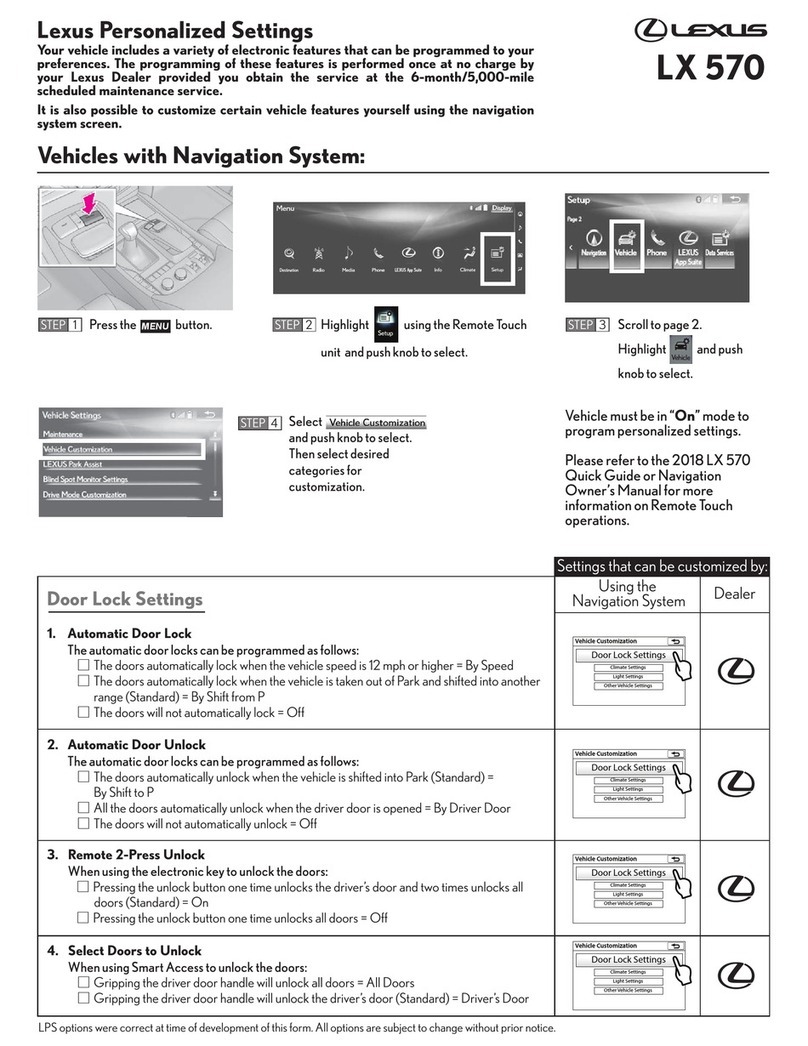
Lexus
Lexus LX 570 2018 User instructions

Lexus
Lexus GS350 NAVI User manual

Lexus
Lexus 2005 IS300 User manual
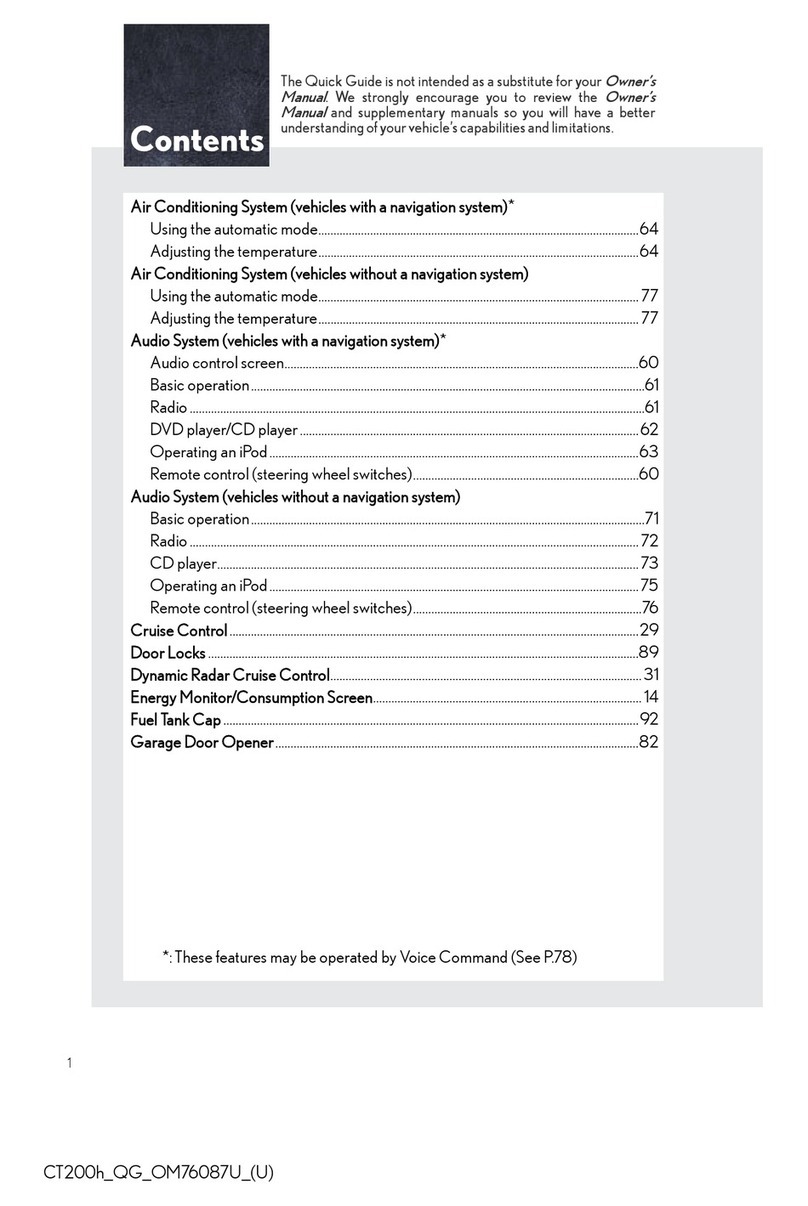
Lexus
Lexus 2015 CT 200h User manual

Lexus
Lexus GS 350 2013 User manual

Lexus
Lexus 2008 ES350 User manual

Lexus
Lexus RX450h User manual

Lexus
Lexus LS 600hL 2007 User manual

Lexus
Lexus NX350h 2022 User manual
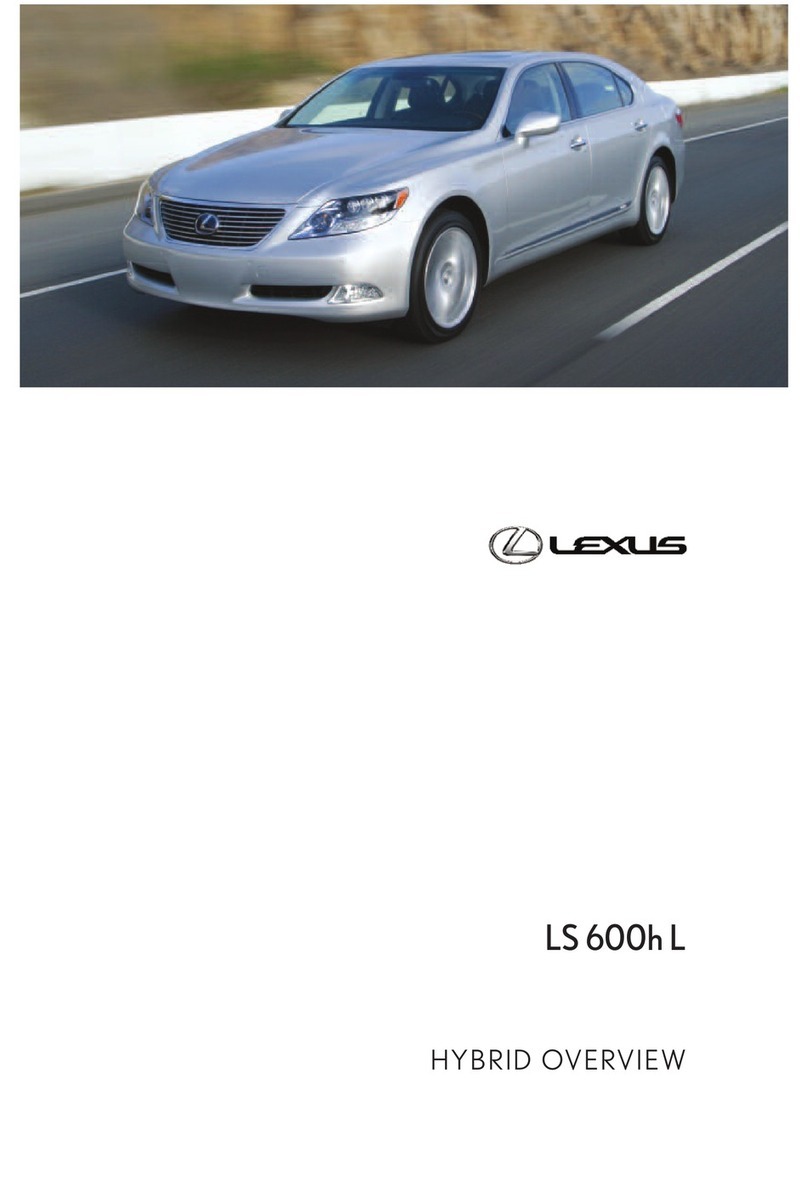
Lexus
Lexus LS 600h L Installation guide

